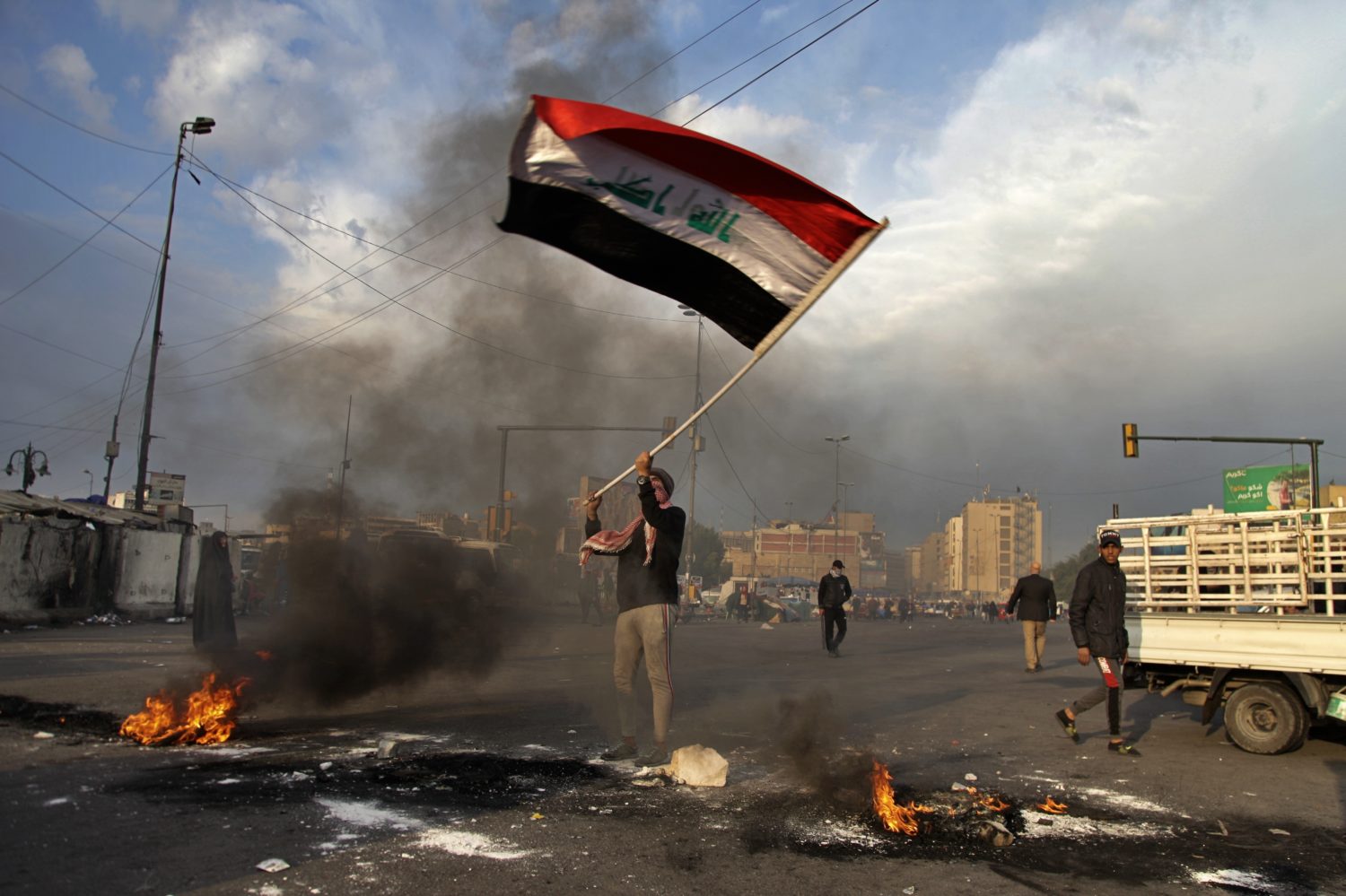Behind the scenes in U.S. newsrooms, standards editors have been wrestling down ethical challenges on an hourly basis since journalists began covering the escalating aggressions with Iran.
This may be the moment where citizens, who are awash in false and misleading information, expand their news literacy skills and deepen their trust with certain providers.
It’s a high-stakes moment for the competitive news industry, where a single mistake could lead to grave reputation damage. Here are just a few of the concerns the standards editors at the country’s largest newsrooms described and how they might have a lasting impact on citizens.
Doubling down on accuracy
Photo editors are triple checking the sourcing and veracity of every image and video. There are so many doctored and misleading images floating around that editors report excessive vigilance around knowing where and when and by whom every image was captured. Citizens can do the same thing with this handy guide.
Several editors I talked to report being extremely cautious to avoid repeating reporting from other newsrooms unless they can independently verify the facts. This is true even when the newsroom with the scoop has a reputation for quality work in the Middle East. As a result, highly literate news consumers will have to wait longer to have uniquely reported information confirmed. And they are likely to see more news organizations crediting each other for original reporting, a practice that makes journalism more transparent.
Words matter
Assassination continues to be a freighted word that most newsrooms are using only in a quote from a source. When used outside of quotes, the word conveys a political bias that many newsrooms are trying to avoid. “Targeted killing,” seems to be the most frequently used alternative. While you can debate whether “assassination” is accurate or hyperbole, the choice to use less judgmental language signals a newsroom’s desire for neutrality.
Editors and news directors who serve a local audience are struggling to determine how much information to deliver and to clean any biased language from wire copy. While generic Iran stories aren’t generating lots of traffic, occasionally stories with local angles are rising to the top.
Inclusive coverage can build trust
Iranian-Americans are reluctant to be named in news stories, but journalists see high value in seeking their perspective. In this USA Today story, the reporter reveals that at least 25 people refused to be interviewed. People who don’t usually see their perspectives represented in the news often don’t trust journalists. That trust is built slowly over time by accurately including their views in the daily report. And trust is lost quickly when a news report about an underrepresented community is inaccurate or causes harm.
Matching tone to audience
Although the images are dramatic, editors are erring on the conservative side when publishing still photos or broadcasting video of the public mourning, the funeral and the burial of Iran Major General Qassem Soleimani.
Why? It’s a complicated question of tone and taste. In times of international conflict, journalism companies walk a tightrope as they balance their desire to document a story that is unfolding far away and also respect the audience’s point of view. Images of mourning for an enemy are fraught. Showing your audience too much of your opponent’s perspective can provoke accusations of disloyalty and even too much sympathy for the enemy.
Even though they were awash in dramatic pictures and video from Iran, U.S. newspapers and television broadcasters alike approached the material with cautious discretion. If you want to see lots of different images of mourning in Iran, you likely have to go to international publications and broadcasters.
Key takeaways
Vigilance rules the day. Newsroom structures are designed with safety nets just for this reason. It’s why copy editors and producers exist.
For those of us who know what cutbacks and consolidation have done to the ranks of those two job titles, it’s a wonder that there hasn’t been a major mistake in the coverage yet. And it’s a relief that so many news organizations have preserved and even strengthened the reporting, editing and security resources that allow them to get knowledgeable reporters on the ground in Iran and Iraq and also maintain so many areas of deep expertise, particularly in the Middle East, intelligence communities, the Pentagon and of course the White House.
Strong and ethical journalism is like clean air. You don’t really appreciate it until you’re awash in the opposite.
Given the economic and technological earthquakes the journalism has weathered, it’s a small miracle that so many newsrooms have so many good people asking so many tough ethical questions to deliver such a complicated story to so many audiences.
Kelly McBride is Poynter’s senior vice president and the director of The Craig Newmark Center for Ethics and Leadership. She can be reached at kmcbride@poynter.org or on Twitter at @kellymcb.







